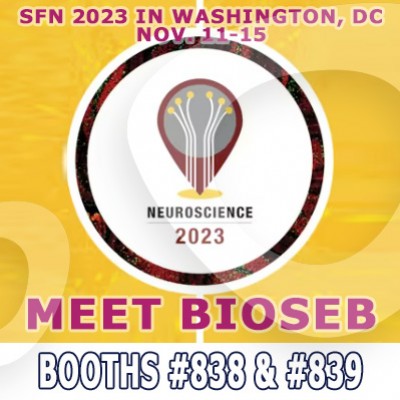Authors
P. Poisbeau, C. Patte-Mensah, A. F. Keller, M. Barrot, J.-D. Breton et al.
Lab
Centre National de la Recherche Scientifique/Université Louis Pasteur, Institut des Neurosciences Cellulaires et Intégratives, Strasbourg, France.
Journal
The Journal of Neurosciences
Abstract
Inhibitory synaptic transmission in the dorsal horn (DH) of the spinal cord plays an important role in the modulation of nociceptive messages because pharmacological blockade of spinal GABAA receptors leads to thermal and mechanical pain symptoms. Here, we show that during the development of thermal hyperalgesia and mechanical allodynia associated with inflammatory pain, synaptic inhibition mediated by GABAA receptors in lamina II of the DH was in fact markedly increased. This phenomenon was accompanied by an upregulation of the endogenous production of 5_-reduced neurosteroids, which, at the spinal level, led to a prolongation of GABAA receptor-mediated synaptic currents and to the appearance of a mixed GABA/glycine cotransmission. This increased inhibition was correlated with a selective limitation of the inflammation-induced thermal hyperalgesia, whereas mechanical allodynia remained unaffected. Our results show that peripheral inflammation activates an endogenous neurosteroid-based antinociceptive control, which discriminates between thermal and mechanical hyperalgesia.
BIOSEB Instruments Used:
Rodent pincher - analgesia meter (BIO-RP-M)

 Pain - Thermal Allodynia / Hyperalgesia
Pain - Thermal Allodynia / Hyperalgesia Pain - Spontaneous Pain - Postural Deficit
Pain - Spontaneous Pain - Postural Deficit Pain - Mechanical Allodynia / Hyperalgesia
Pain - Mechanical Allodynia / Hyperalgesia Learning/Memory - Attention - Addiction
Learning/Memory - Attention - Addiction Physiology & Respiratory Research
Physiology & Respiratory Research
 Pain
Pain Metabolism
Metabolism Motor control
Motor control Neurodegeneration
Neurodegeneration Cross-disciplinary subjects
Cross-disciplinary subjects Muscular system
Muscular system General activity
General activity Mood Disorders
Mood Disorders Other disorders
Other disorders Joints
Joints Central Nervous System (CNS)
Central Nervous System (CNS) Sensory system
Sensory system
